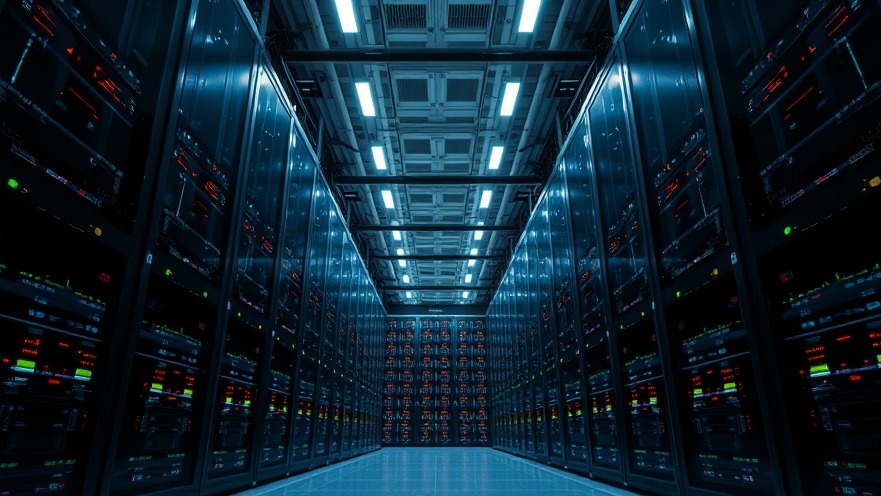
Data Centers’ Growing Thirst in Texas
As Texas embarks on a technological expansion, a new concern emerges: the state's data centers are thirsty for water, risking the fragile balance of an already strained water supply. Texas has seen a significant surge in the establishment of massive data centers, which are vital to our increasingly digital lives—processing everything from photos to everyday emails. But cooling these facilities requires a vast amount of water, raising alarms among experts and community advocates alike.
The Discrepancy in Water Needs
Data centers currently consume about 25 billion gallons of water annually, which is a mere 0.4% of Texas' total water usage. However, projections suggest this figure could soar to 2.7% by 2030—equivalent to the water needed for 1.3 million average U.S. households. The crux of the issue lies in the fact that while these centers may seem insignificant on a state level, they can heavily impact smaller communities with limited water resources. This data was highlighted by the Houston Advanced Research Center, focusing on sustainability solutions that underscore the urgent need for policy adjustments concerning water management.
Community Pushback and Environmental Concerns
Recently, Amarillo residents rallied against the construction of five new data centers, fearing the impact on the region's primary water source: the Ogallala Aquifer. Speakers at community events voiced concerns that their water supply already faces depletion, making them wary of large industries that require significant volumes. This local opposition highlights broader implications for agricultural and residential water usage, raising necessary questions about whether Texas can balance growth with sustainability.
Innovations in Cooling Technologies
In an effort to mitigate these issues, innovators like Sai Abhideep Pundla are developing new cooling methodologies that could reduce the water dependence of data centers. Pundla’s research at UT-Arlington explores the use of chemical refrigerants that theoretically could keep servers cool without sapping local water supplies. The effectiveness of such innovations will be critical, as Texas looks to answer the growing challenge of how to meet both technological demands and environmental sustainability.
Policy and Long-term Solutions
The growing water consumption by data centers opens a dialogue about Texas' capacity to manage its resources amidst climate change and population increases. Current regulations require companies to report historical water consumption but lack provisions for forecasting future usage effectively. This regulatory gap begs scrutiny from legislators and industry leaders to better prepare for the rising demands posed by technological advancements.
The Future of Water in Texas
As Texas continues to attract mega data centers, a key question remains: How will the state handle its ever-growing water needs? The future not only depends on technological innovations but also on effective regulations and community involvement. It's essential that residents engage in discussions about investments in water infrastructure and sustainable practices that ensure both economic growth and the protection of vital water resources.
 Add Element
Add Element  Add Row
Add Row 



Write A Comment